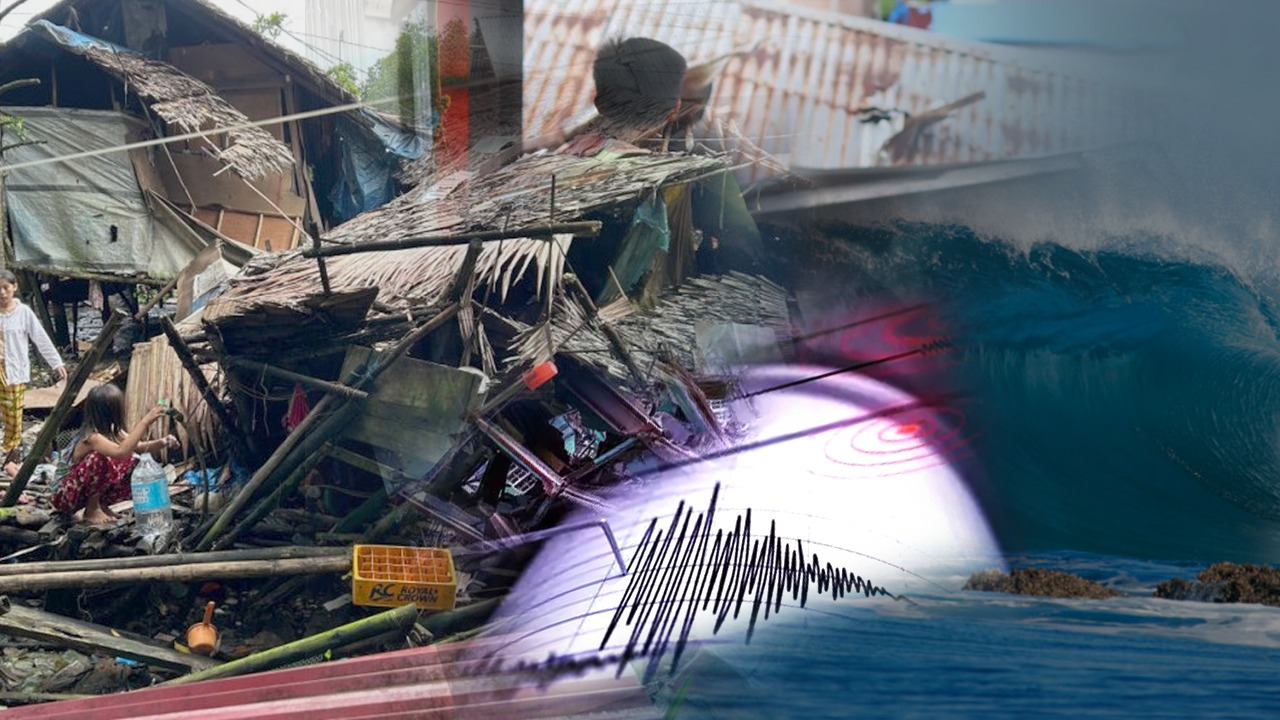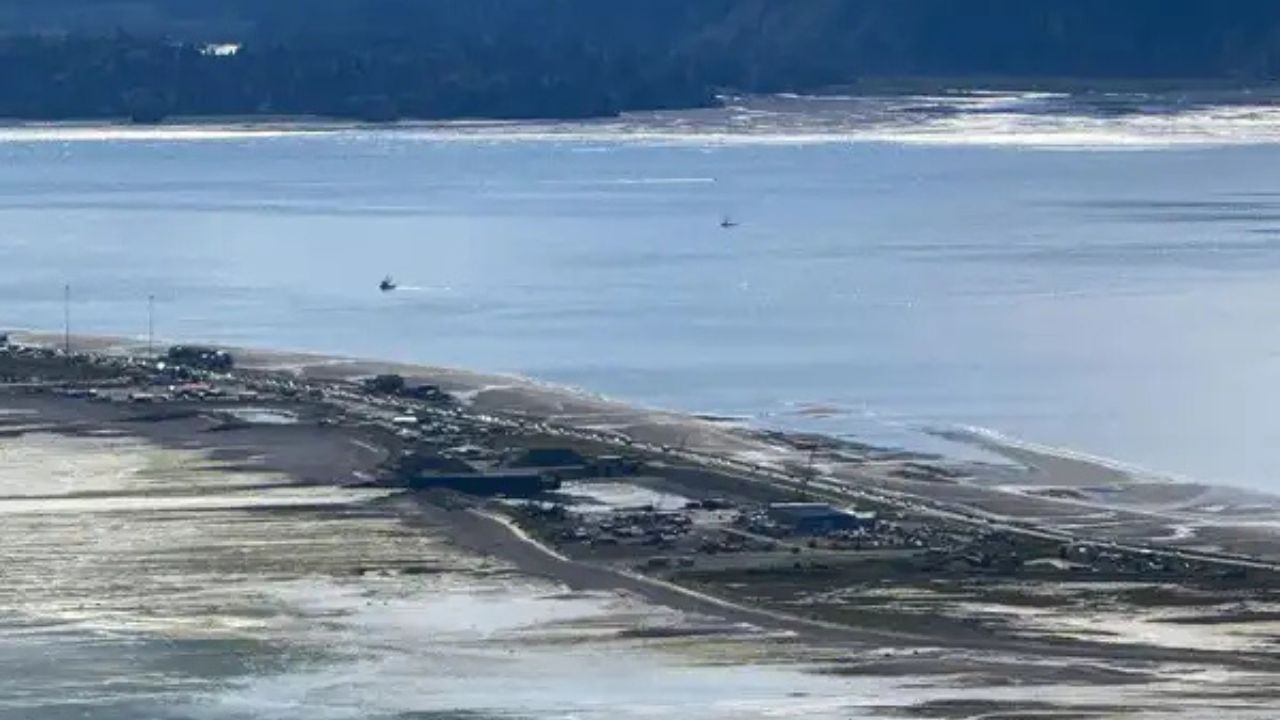 English
English

A 7.5-magnitude quake shook Mindanao, triggering panic as a tsunami warning sent coastal residents rushing for safety. Hours later, the alert was lifted—but questions remain: how close did the waves really come?

The earthquake occurred at a depth of 20 kilometers.
Philippines: A powerful 7.5-magnitude earthquake struck offshore near Manay town in Davao Oriental, southern Philippines, on the morning of October 10, 2025, at approximately 9:42 am local time. The earthquake occurred at a depth of 20 kilometers and was initially recorded as a 7.6 magnitude before being revised to 7.5.
Following the earthquake, the Philippine Institute of Volcanology and Seismology (Phivolcs) issued a tsunami warning, cautioning that wave heights over one meter above normal tides could strike coastal areas. The US Tsunami Warning System also noted potential hazardous waves for coasts within 300 km of the epicenter.
Over 800 dead and 2500 injured in Afghanistan earthquake; India offers support and condolences
The Pacific Tsunami Warning Center warned that the Philippines could see waves up to 3 meters, and tsunami alerts were extended to Indonesia’s northern Sulawesi and Papua, as well as Palau
However, several hours later, the Pacific Tsunami Warning Center declared that the immediate tsunami threat had passed, and the warning was officially lifted.

Tsunami warning lifted
The earthquake caused widespread panic, structural damage, and power outages. The epicenter was located 62 kilometers southeast of Manay town in Davao Oriental province at a shallow depth of 10 kilometers. Reports indicated cracks in buildings, particularly in schools, and medical treatment was provided to over 50 students who collapsed or became dizzy during the quake.
In Davao City, home to approximately 5.4 million people, evacuations from schools were carried out as a precautionary measure.
President Ferdinand Marcos Jr confirmed that damage assessments and rescue preparations were underway. Local officials reported building cracks, especially in schools, and medical treatment for over 50 students who collapsed or became dizzy during the quake.
Authorities warned of potential aftershocks and continued monitoring of coastal areas. Boats were advised to stay away from shores
Why are even moderate earthquakes fatal in Afghanistan? Know the science behind it
This incident follows a deadly magnitude 6.9 earthquake two weeks earlier in Cebu, which killed 74 people. The Philippines lies in the seismically active Pacific "Ring of Fire", experiencing frequent earthquakes annually.
The Philippines lies along the Pacific “Ring of Fire”, making it prone to frequent earthquakes and volcanic activity. This earthquake comes just weeks after a magnitude 6.9 earthquake in Cebu, which resulted in 74 fatalities and significant infrastructure damage. Experts caution that aftershocks can continue for days, and residents in vulnerable areas are urged to follow safety protocols.